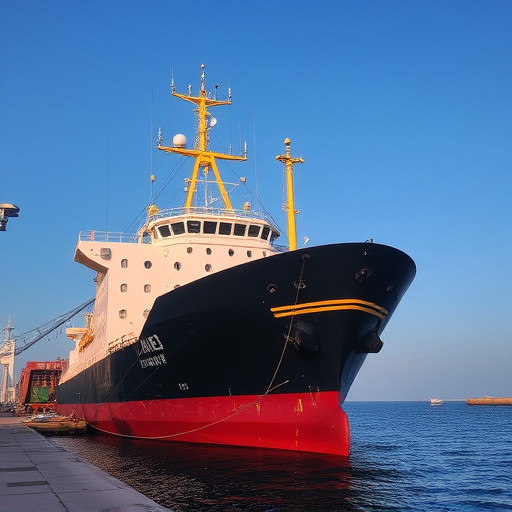Ship Propulsion: Converts energy (from fossil fuels, electricity, steam) into thrust using engines or propellers, with advanced systems like azimuthal thrusters and hybrid propulsion improving maneuverability and efficiency.
Ship Types: Diverse vessels tailored to specific roles: cargo, passenger, naval, research, fishing, each with unique design features.
Navigation: Modern technologies (GPS, radar, sonar) enhance safety and efficiency, enabling precise location, speed, and environmental data, crucial for global trade.
Life Aboard: Crew routines vary by ship type and size; daily tasks include drills, meals, briefings, with roles ranging from captains to researchers. Adaptability is key due to unpredictable sea conditions.
Maritime Safety: Advanced technologies like GPS and radar ensure precise navigation; safety protocols include emergency maneuvering, signaling, lifeboat deployment, regular drills, and crew training.
Introduction: Exploring the World of Maritime Travel
The vast oceans have always been a conduit for trade, exploration, and adventure. Ships, these majestic vessels, play a pivotal role in connecting continents and fostering global interactions. This article delves into the intricate workings of ships, offering a comprehensive overview from basic propulsion systems to advanced navigational tools. We’ll explore diverse ship types, their specialized roles, and the daily lives of seafarers. Furthermore, it uncovers the fascinating paths of maritime journeys and highlights critical safety protocols that ensure these voyages remain viable and secure.
- The Basics of Ship Propulsion
- Different Types of Ships and Their Purposes
- Navigational Technologies and Tools
- Life Aboard: Daily Routines and Roles
- Shipping Routes and Common Journey Paths
- Safety Measures and Emergency Protocols
The Basics of Ship Propulsion
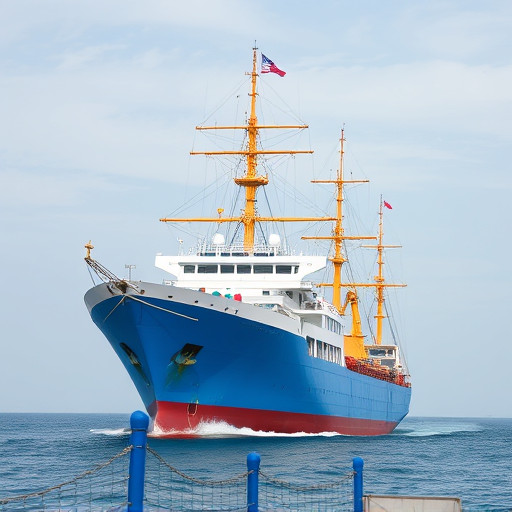
Ship propulsion is a fundamental aspect of naval architecture and marine engineering, enabling vessels to navigate through water bodies efficiently. At its core, propulsion systems convert energy into thrust, allowing ships to move forward or backward. The primary sources of this energy include engines that burn fossil fuels (such as diesel or gasoline) or utilize alternative energy sources like electricity or steam. Internal Combustion Engines (ICE), for instance, are widely used in maritime applications due to their reliability and power output. These engines ignite fuel within a confined space, creating high-pressure gases that exert force on pistons, ultimately generating mechanical power for rotating propellers.
Propellers, attached to the engine through shafting, play a crucial role in converting rotational motion into forward or backward thrust. The design and pitch of propeller blades significantly impact propulsion efficiency. Modern ships often incorporate advanced propulsion technologies like azimuthal thrusters, which allow precise control of a vessel’s direction without the need for a bow thruster, enhancing maneuverability in tight spaces. Additionally, hybrid propulsion systems that combine ICEs with electric motors or other alternative energy sources are gaining traction, offering improved fuel efficiency and reduced environmental impact.
Different Types of Ships and Their Purposes
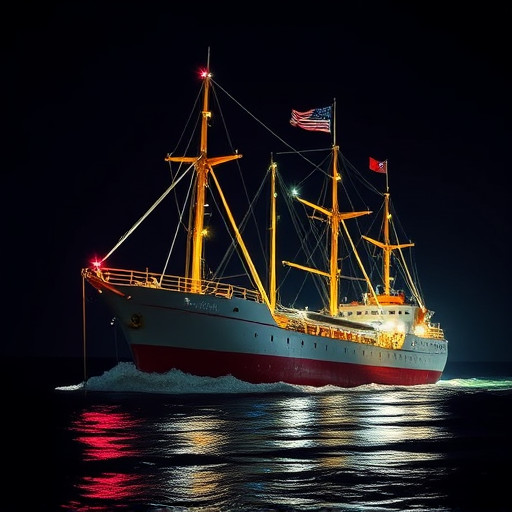
Ships come in a wide variety of types, each designed for specific purposes. Cargo ships, for instance, are built to transport goods in large quantities over long distances, featuring huge holds and robust structures to withstand the rigors of sea travel. On the other hand, passenger ships, including cruise liners and ferry boats, prioritize comfort and entertainment for their passengers, often boasting luxurious interiors, restaurants, and recreational facilities.
Other specialized types include naval vessels, such as frigates and submarines, which are designed for military operations and intelligence gathering. Research ships are equipped with state-of-the-art scientific instruments to study the oceans and their inhabitants, while fishing boats are tailored for commercial or subsistence fishing, featuring nets, lines, and traps for catching various sea creatures. Each type of ship is a marvel of engineering, optimized for its designated role on the vast expanse of water that defines our planet’s geography.
Navigational Technologies and Tools

Navigational technologies and tools have evolved significantly over time, transforming how ships traverse the vast oceans. From the ancient art of celestial navigation using stars and the sun’s position to modern GPS systems, these innovations have enhanced safety, efficiency, and accuracy in maritime travel. Today, a myriad of advanced tools assist mariners in their journeys.
Satellites, radar, sonar, and electronic charts provide invaluable data on a ship’s location, speed, and surrounding environment. Automated Identification Systems (AIS) broadcast a vessel’s identity, course, and speed, enabling other ships and coastal authorities to monitor traffic. Additionally, weather forecasting technologies help navigators plan their routes, avoiding dangerous conditions at sea. These tools collectively contribute to a safer and more streamlined shipping experience, pivotal for the global trade network.
Life Aboard: Daily Routines and Roles
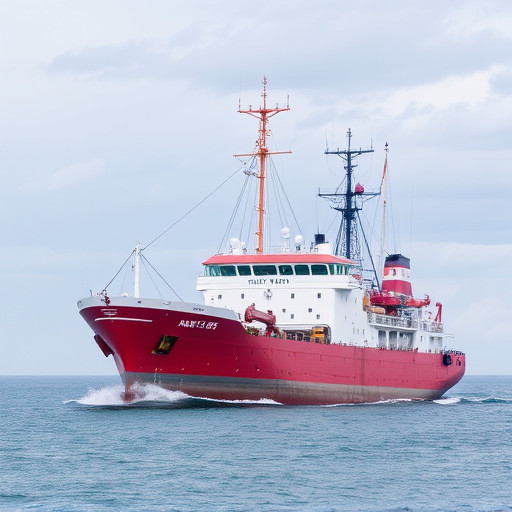
Life aboard a ship is a unique experience, shaped by the vessel’s purpose and size. Crew members establish daily routines dictated by the ship’s operations. The day typically begins early, with wake-up calls signaling the start of another shift. Morning routines involve safety drills, meals, and briefings to ensure everyone is prepared for their assigned tasks.
Roles aboard vary widely depending on the type of ship. On commercial vessels, crew members might include captains, navigators, engineers, chefs, and stewards. Each has specific duties; engineers maintain propulsion systems, navigators plot courses, and stewards ensure passenger comfort. In contrast, a research ship’s crew may include scientists, researchers, and support staff, all collaborating on specialized missions. No matter the role, life at sea demands adaptability, as routines can change abruptly based on weather conditions, port schedules, or unexpected events at sea.
Shipping Routes and Common Journey Paths
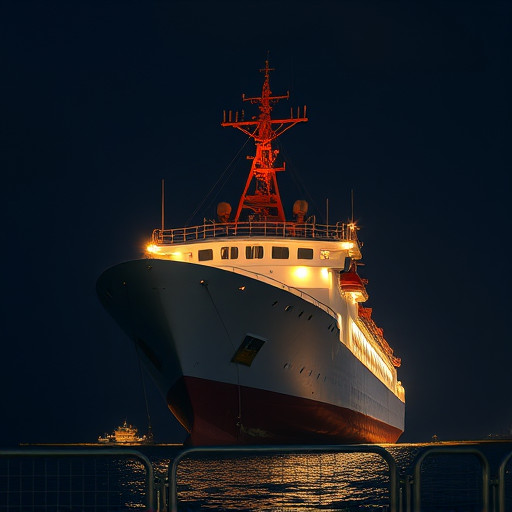
Shipping routes have evolved over centuries, shaped by economic needs, trade patterns, and technological advancements. Today, a complex network of maritime corridors connects continents, facilitating global trade. Common journey paths include transoceanic routes between major ports, such as those linking Asia with Europe or North America. These routes are often traversed by massive container ships, which can carry tens of thousands of containers, streamlining international commerce.
In addition to these primary routes, there are secondary and niche corridors that support specialized shipping needs. For instance, Arctic routes are gaining prominence due to melting ice, offering shorter distances between Asia and Europe. Similarly, certain regions have dedicated fishing or passenger ship lanes. These diverse shipping routes underscore the versatility and global reach of modern maritime transportation, catering to a wide array of commercial and recreational purposes.
Safety Measures and Emergency Protocols
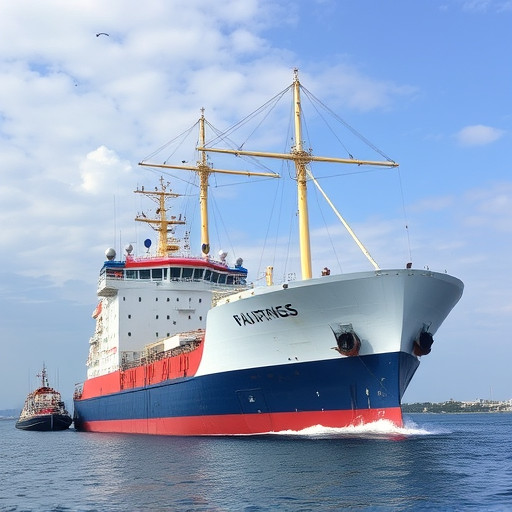
Safety measures on ships are paramount, given the inherent risks associated with maritime travel. From collision avoidance systems to robust life-saving equipment, modern vessels are equipped with advanced technologies to safeguard passengers and crew. These include GPS navigation systems that help in precise positioning and route planning, as well as radar systems that detect nearby vessels, ensuring safe passage. Fire detection and suppression systems are also critical, capable of quickly identifying and mitigating potential blazes.
In the event of emergencies, ships adhere to strict protocols. These include manovering to a safe location, deploying lifeboats or liferafts, and using flares or other signaling devices to alert nearby vessels and coast guard. All crew members undergo rigorous training in emergency response, ensuring they are prepared to act swiftly and effectively during unforeseen circumstances. Regular drills further reinforce these procedures, making them second nature in high-pressure situations.
In summary, ships are multifaceted vessels that have revolutionized global trade and exploration. From the fundamentals of propulsion to advanced navigational tools, these maritime giants navigate vast distances, connecting continents and cultures. Whether it’s the sleek speed of a container ship or the sturdy design of a cargo vessel, each type serves a unique purpose. Understanding their operations, from daily routines to safety protocols, offers insight into the intricate world of shipping, ensuring safer and more efficient journeys across the seas.
